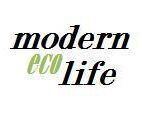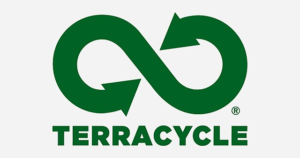Do you speak INCI? If you work in the field of cosmetics, maybe.

INCI is the language of cosmetics; it’s actually an acronym that stands for International Nomenclature of Cosmetic Ingredients. A few years back The Campaign for Safe Cosmetics came out with the slogan, “if you can’t pronounce it, don’t use it” at Expo West, the biggest natural trade show in the USA. They were telling people not to use products that follow Federal Labeling Laws.
This was mind boggling to those of us that work in the field because FDA cosmetic labeling guidelines state that every personal care product needs to be labeled by it’s cosmetic INCI name. I’m not sure why this lobbying group would so blatantly advise against following federal law, but they instantly lost any credibility gained during their meeting when I saw that banner. Anyway, one thing that did for sure was confuse a lot of people in the land of comprehending cosmetics labels in a time when green products were rapidly gaining popularity and becoming mainstream. Every ingredient, even if it’s certified organic, 100% natural, needs to be labeled using INCI names.
How to Read Personal Care Labels
#1 When trying to figure out what the heck is in your product, look for what’s in the (parenthesis) in the ingredients. This is usually the common name you know the ingredient by.
#2 If you are concerned with certain ingredients, pay attention to where they fall in the ingredient listing. Ingredients need to be listed by concentration in the formula, so something that is one of the last few ingredients is most likely under 1% of the entire formulation. *The label above is an exception to this statement- if there are just a few ingredients in the formula (this only has 2) then the last ingredient is probably over 1%. You can read more about the FDAs requirements for how manufacturers must list ingredients here.

#3 Look at the open container symbol. This will tell you how long the product is fresh after opening.
#4 If you are concerned where your product is coming from, look at the manufacturer and distributor info. Is your face cream manufactured by the company that sells it? If it says “distributed by” this means the company does not manufacture the product, someone else does, and the company that sells it is therefore the distributor.
I hope this simplifies things when you are trying to decode what’s in your face wash. Just remember, reading cosmetics labels isn’t rocket science, it’s just knowing what to look for. What other questions do you have about cosmetics labels?
Written By: K. Fraser Cotte, The Grapeseed Company
More Stories
Plastic-Free: How I Kicked the Plastic Habit and How You Can Too Book
Plastic is everywhere! The thought of living without plastic may seem too much, but not for Beth Terry, author of Plastic-Free:...
The Truth About Face Paints
Photo: Freestocks.org Did you know that many children are being exposed to potentially dangerous levels of heavy metals from face...
Who Says Garbage Can’t Be Green?
Photo: Nicolas Proupech Have you heard of TerraCycle? TerraCycle is one of the super-coolest greenie bugs around! “TerraCycle’s purpose is...


